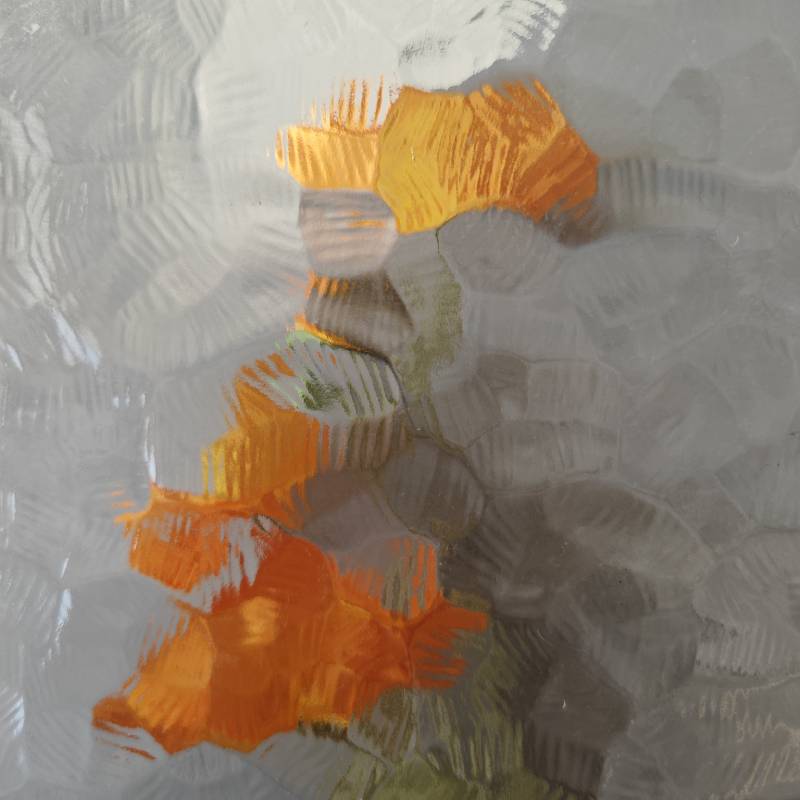

Exploring IGU Glass The Future of Energy-Efficient Design
The demand for sustainable, energy-efficient building materials has never been higher, leading to innovations that revolutionize the construction and architectural fields. One such innovation is Insulated Glass Units (IGUs), commonly known as IGU glass. This remarkable glass type has transformed how architects and builders approach design, energy efficiency, and overall aesthetics in modern constructions.
What is IGU Glass?
At its core, IGU glass is a sophisticated assembly of two or more panes of glass that are separated by a spacer and hermetically sealed to create an air (or gas) space between them. This structure serves as an insulation barrier, which allows buildings to maintain internal temperatures while significantly reducing heat transfer.
Typically, IGUs are filled with inert gases such as argon or krypton, which enhance thermal performance compared to standard air-filled glass units. The combination of multiple glass layers and the gas in between creates a highly efficient barrier against both heat loss in winter and heat gain in the summer, making IGUs a critical component in energy-efficient building designs.
Benefits of IGU Glass
One of the most significant advantages of IGU glass is its ability to improve energy efficiency. Buildings with IGU windows are known to consume less energy for heating and cooling, translating to decreased utility bills for residents and businesses alike. This is particularly important in an era where energy costs are continually rising, and environmental concerns are paramount.
In addition to energy savings, IGU glass also provides superior acoustic insulation, reducing outside noise significantly. This makes IGUs an attractive option for urban areas where noise pollution can be a substantial quality-of-life issue.
The aesthetic flexibility of IGU glass is another compelling reason for its growing popularity. IGUs can be crafted in various shapes, sizes, and finishes, allowing architects to incorporate large windows and glass walls into their designs without compromising on thermal performance. This attribute not only enhances the overall architectural appeal but also increases natural light within spaces—creating an inviting and vibrant atmosphere.

The Role of IGU Glass in Sustainable Design
As the world shifts towards greener building practices, IGU glass plays a vital role in sustainable design. By reducing energy consumption, IGUs contribute to lower carbon footprints and support compliance with various environmental regulations and standards. Many green building certifications, such as LEED (Leadership in Energy and Environmental Design), recognize the importance of energy-efficient materials like IGU glass in achieving sustainability goals.
Furthermore, the advancements in IGU technology, including low-emissivity (Low-E) coatings, have further improved the energy performance of these units. Low-E coatings reflect heat back into a building during colder months while allowing sunlight to enter, thus optimizing indoor temperature without additional energy costs.
The Future of IGU Glass
The future of IGU glass looks promising. As technology continues to evolve, we can expect even greater improvements in energy efficiency and sustainability. Innovations such as switchable or smart glass, which can change transparency based on external conditions or user preferences, are on the rise. These technologies will allow for even greater versatility in design while enhancing energy savings.
Moreover, as more consumers and businesses recognize the significance of sustainability, the demand for IGU glass is likely to rise. This shift will encourage manufacturers to invest in research and development, leading to further advancements and cost reductions in IGU technology.
Conclusion
In summary, IGU glass stands at the forefront of energy-efficient building materials, offering a myriad of benefits from thermal insulation and noise reduction to aesthetic flexibility and sustainability. As we move towards a more energy-conscious future, integrating IGU glass into architectural design will not only enhance the functionality and beauty of buildings but also contribute to a healthier planet. The continued innovation in IGU technology promises an evolving landscape of possibilities for architects, builders, and ultimately, the inhabitants of the spaces they create.